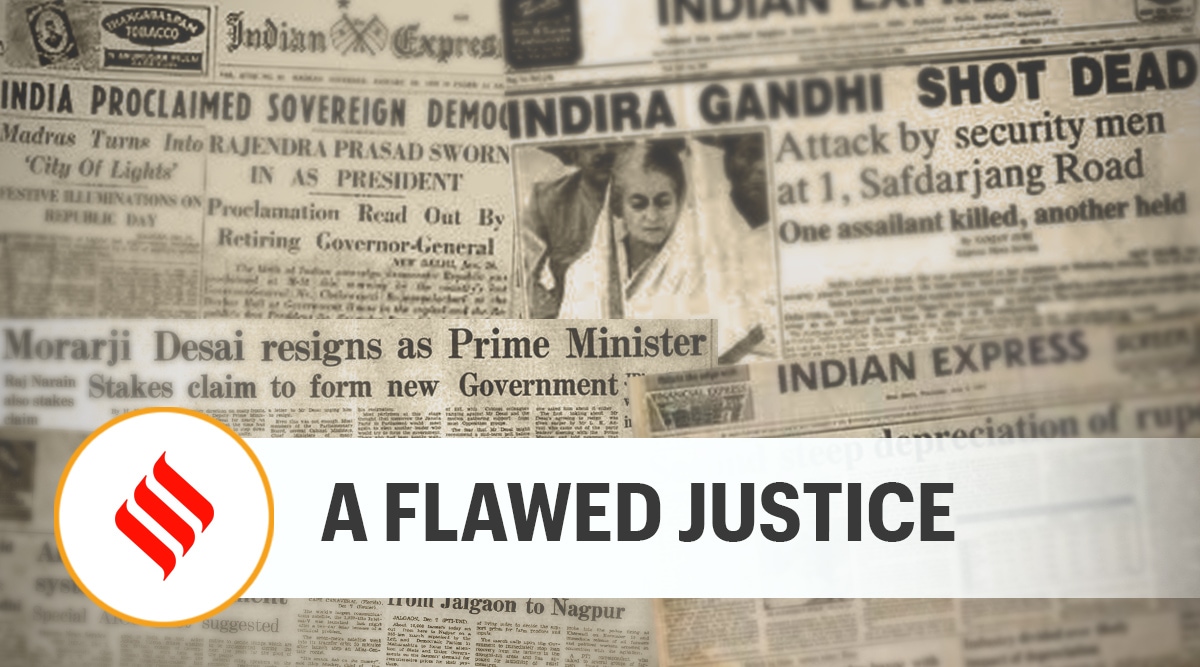 The determination of whether a practice is essential to a religion calls for a more wide-ranging debate, including on the role of courts in deciding what is intrinsic to a faith, and on the limits of its applicability as a criterion to decide questions of basic human rights.
The determination of whether a practice is essential to a religion calls for a more wide-ranging debate, including on the role of courts in deciding what is intrinsic to a faith, and on the limits of its applicability as a criterion to decide questions of basic human rights. On Tuesday, in a deeply flawed ruling,the Karnataka High Court spoke in favour of the restrictions imposed by the state on wearing a headscarf in educational institutions. Its 129-page judgment upholds a Karnataka government notification that, effectively, allowed colleges to ban the hijab in the interest of public order, unity and integrity of the country. At the heart of the High Court ruling is the controversial essential religious practices test. The Court goes into the history of the veil and determines that far from an essential religious practice, it may not even be entirely Islamic, chastises the petitioners for not bringing affidavits from maulanas. The determination of whether a practice is essential to a religion calls for a more wide-ranging debate, including on the role of courts in deciding what is intrinsic to a faith, and on the limits of its applicability as a criterion to decide questions of basic human rights. Meanwhile, there are important questions in the hijab case the court failed to address adequately: Of discrimination in public spaces, the individual’s right to choose and the proportionality of restrictions that the state can impose.
In distilling four points — essential religious practices test, legality of prescribing a school uniform, correctness of the Karnataka government’s February 5 order and whether the teachers in the Udupi college where the controversy first began must be prosecuted — the court chose to take up the convenient questions, sidestepping the more fundamental dilemmas. It was no one’s case that there shouldn’t be a school uniform and yet the court uses this as a straw man to lay too heavy an emphasis on the imperative of enforcing institutional discipline. On Kendriya Vidyalayas allowing the headscarf, the court, curiously, brushes it aside as not being relevant. In effect, it dismisses too easily the principles of liberty and the demands of diversity, even quoting a US judge to showcase “restrictions” to rights under Indian law. The agency of women choosing to wear the hijab does not get due consideration — the court again treats the issue much too sweepingly, asserting that the insistence on wearing a hijab may hinder the process of emancipation of women in general and Muslim women in particular. This case required a fine-grained discussion on autonomy, accommodation, and the limits of law in a multi-religious country. The ruling short-circuits it by equating schools to prisons, courts, war rooms and defence camps, and clubbing them together as “qualified public spaces”. In these spaces, the court says, fundamental rights — such as equality, dignity and privacy — are relegated to mere derivative rights that deserve lesser protection of law. The evident overreach of the government order is dismissed as poor draftsmanship and the Court jumps to the defence of the draftsmen, urging the petitioners to not attribute literal meaning or attach constitutional significance to the words used. But those words are consequential, and their implications disturbing.
In February, when the case was mentioned before the Supreme Court after the Karnataka HC denied interim relief to the petitioners, Chief Justice of India NV Ramana said that the top court would intervene at an appropriate time. He also said that the issue should not be made into a national one. He was right — state after state distanced itself from the Karnataka order. But given how the Karnataka HC has ruled, narrowing all rights rather than expanding them, giving the state the benefit of all doubt, it is for the Supreme Court to put the government’s case to the test of the Constitution.
- The Indian Express website has been rated GREEN for its credibility and trustworthiness by Newsguard, a global service that rates news sources for their journalistic standards.

